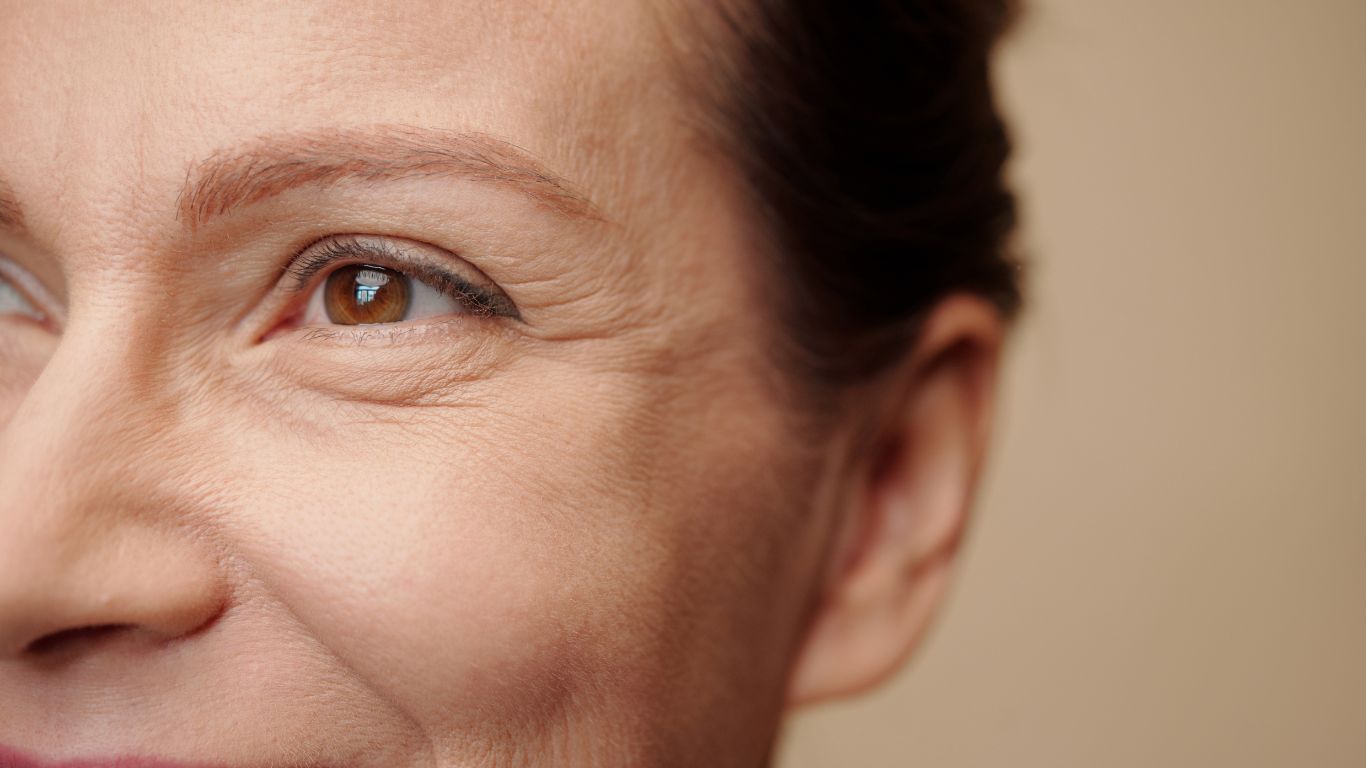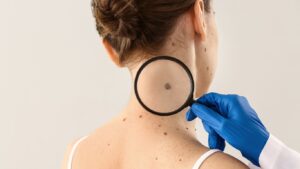As the skin matures, natural changes in collagen and elastin can lead to the development of fine lines, wrinkles, and uneven texture. Laser skin resurfacing is a treatment designed to support skin renewal by stimulating the body’s natural healing processes.
In this article, we explain how laser skin resurfacing works, how it may reduce visible signs of ageing, and what to consider before starting treatment.
What Is Laser Skin Resurfacing?
Laser skin resurfacing is a non-surgical procedure that uses focused beams of light to remove or target damaged layers of skin. This process encourages collagen production and promotes the development of healthier, smoother skin.
There are two primary types of laser treatments:
- Ablative lasers: Remove the outer layers of skin and are typically used for deeper wrinkles or advanced sun damage.
- Non-ablative lasers: Heat the deeper layers without disrupting the skin’s surface. These generally involve less downtime but may require multiple sessions.
Some technologies, such as fractional lasers, treat small sections of skin while leaving surrounding tissue intact, which can speed up recovery and reduce the risk of complications.
How Can Laser Resurfacing Help with Fine Lines and Wrinkles?
Fine lines and wrinkles commonly develop due to collagen loss, sun exposure, repeated facial movement, and the natural ageing process. Laser skin resurfacing may help improve their appearance by stimulating collagen and elastin (the proteins responsible for skin strength and elasticity), refining surface texture to soften lines and roughness, and enhancing overall skin tone by reducing uneven pigmentation and signs of sun damage.
Results typically develop gradually in the weeks following treatment as the skin regenerates and new collagen forms.
Read More: Laser and Non-Laser Treatments for Fine Lines and Wrinkles
Which Areas Can Be Treated?
Laser resurfacing can be tailored to specific parts of the face and, in some cases, the body. Common treatment areas include:
- Crow’s feet (around the eyes)
- Forehead lines
- Lines around the mouth
- Cheeks and jawline
- Neck and décolletage (where appropriate)
Who Is Suitable for Laser Skin Resurfacing?
Laser skin resurfacing may be beneficial for individuals with:
- Fine lines or early wrinkles
- Mild to moderate skin texture irregularities
- Sun-damaged skin
- Acne scarring
- Enlarged pores
However, not everyone is a suitable candidate. Factors such as recent sun exposure, certain medications, and specific skin conditions may require a delay or alternative treatment. Suitability is also influenced by skin type, often assessed using the Fitzpatrick skin classification system, as this can affect the risk of pigmentation changes.
A professional consultation is essential. In some cases, a skin check may be recommended beforehand to rule out any suspicious lesions requiring further assessment.
What to Expect During and After the Procedure
During laser treatment, many people report a warm or slightly prickling sensation. To help minimise discomfort, a topical numbing cream is usually applied prior to the procedure.
Following treatment, it is normal to experience:
- Redness or slight swelling
- Dryness or flaking
- Sensitivity similar to mild sunburn
Recovery time varies depending on the laser used. Non-ablative lasers usually involve minimal downtime, while ablative treatments may require a few days to a week for the skin to settle. Clear aftercare instructions are provided to support healing and protect the skin.
Several sessions may be recommended to achieve optimal results, especially for deeper lines or widespread concerns.
Considering Laser Skin Resurfacing?
Laser skin resurfacing is a clinically supported treatment that can improve the appearance of fine lines and wrinkles by encouraging collagen production and promoting skin renewal. With proper assessment and care, it may lead to visibly smoother and more even skin over time.
At Coastal Skin & Laser, our team of skin doctors and laser specialists offers personalised consultations to help determine if laser skin resurfacing is suitable for your skin type and goals.
As with any medical procedure, suitability depends on individual factors such as skin type, medical history, and desired outcomes. A consultation with a qualified practitioner helps ensure the approach is appropriate, safe, and aligned with your individual needs.
Disclaimer: This information is provided for general guidance only and is not a substitute for professional medical advice. Please speak with a healthcare provider before considering any treatment.






